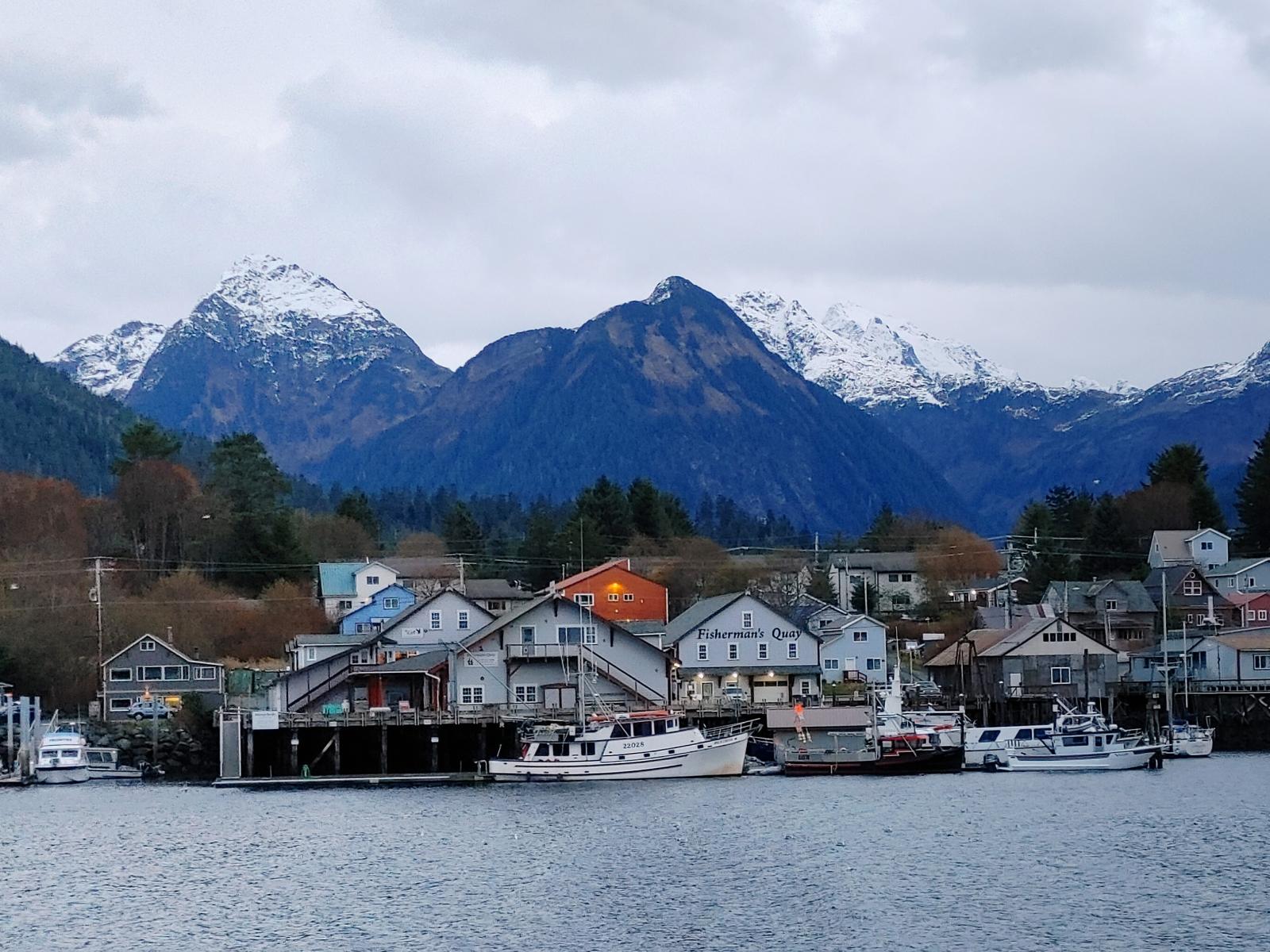Energy Transitions in Coastal Communities
Energy Transitions in Coastal Communities
Research to support coastal communities in charting resilient, independent energy futures

Sitka, Alaska.
(Photo by Daniel Gaebele | Sandia National Laboratories)